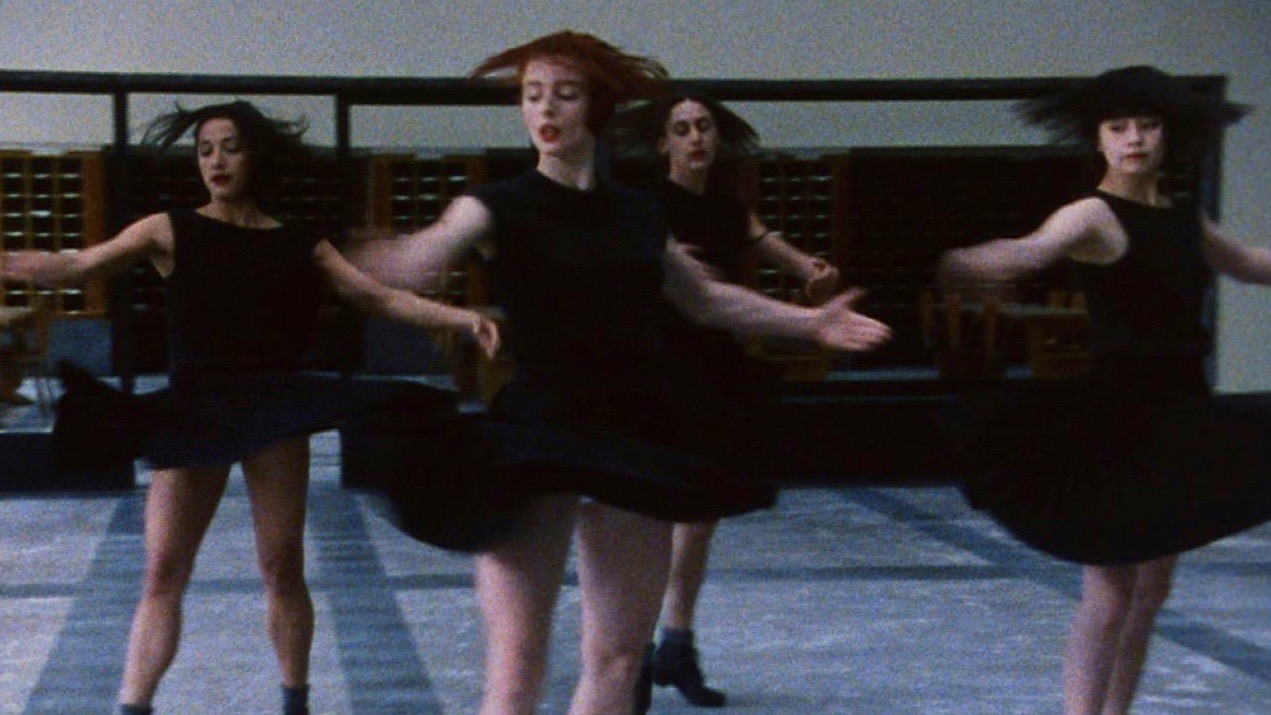Fase is a film adaptation of choreographer Anne Teresa De Keersmaeker's first performance in 1982: Fase, Four movements to the music of Steve Reich. Twenty years after the choreography that put dance company Rosas on the map, filmmaker and composer Thierry De Mey created this cinematographic interpretation. Like the dance performance, the film is divided into four parts set in four contrasting places. De Mey explores the relationship between movement, music and image, creating a unique and immersive viewing experience.
“We are film’s willing suckers, conditioned to fall for its every trick. We understand how the camera creates emotion. We know when we are being manipulated by music. The way a film is shaped does not escape us. But it takes something like choreographer Anne Teresa De Keersmaeker's full-length dance film Fase (directed by Thierry De Mey) to refresh our jaded sensibilities. In fact, it takes something like Fase to show us just how jaded those sensibilities have become in the first place.”
Emily Hall
“From great vividness to nebulous atmospheres, each new opus from Thierry De Mey – be it film, composition or installation – represents a particular study of moving bodies. In their own way each one tells the magical story of time unfolding and man wrapped up in it. De Mey composes a choreography on choreography; he produces a work of creation by sublimating that of its partners. The image naturally involves music and dance in his creative process, giving his art the sense of a three-strand plait.”
Camille Guynemer
“I was understanding how important movement inside music is: movement is like the music of music. The pianist has to make movements inside the notes, and I think it is really important for all those people who want to play, sing or do anything else. Obviously, in dance the movement is the purest, but it exists in every human thing; it is inside a film, everywhere, inside the actors.”
Thierry De Mey
“De Mey's screendances are often praised for the extreme precision of their composition and framing, their dazzling editing, and their highly musical qualities. This undeniable technical virtuosity largely explains why his films often bewitch and hypnotize their spectators.”
Sophie Walon








